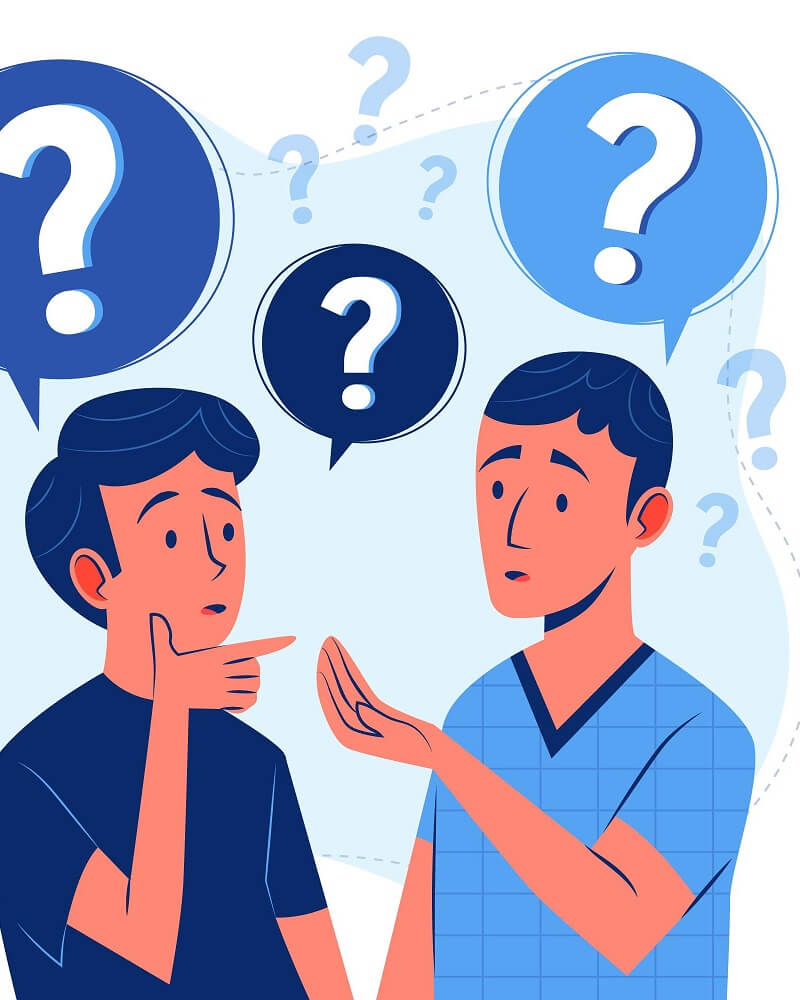PhotoReading Help and Tips
Getting unstuck & improving activation
Help! I can’t get it to work!
Sometimes we get phonecalls or letters from people who have started or even finished the PhotoReading course and can’t seem to make it work. If my staff can’t help them get results, then what I usually do is ring these people up and talk their problem through.
This is what I invariably find: they’re trying too hard. One man said he took several minutes to get into PhotoFocus — when it should take a few seconds! I remember making the same mistake about three years ago when I was in a fortnightly meditation group. We had to do a simple exercise each morning: go round each limb and relax it. I went to one evening meeting and reported that one day this had taken me an hour!
I’m sure you can see that this is nonsense — it’s easier to see other people’s foolishness than our own.
If you too are stuck, then consider thinking of it this way: it’s as if you are pushing with all your might at a door, sweating profusely and getting very frustrated. If only you’d step back and appraise the situation more objectively. then you’d realise that there’s a sign on the door. It’s marked ‘Pull’!
PhotoReading is a simple process — and the way to step back and look at the situation objectively is to stop and relax, and by that I mean really stop. Close your eyes and take a long in-breath counting one, two, three, four. Hold for four counts and breathe out slowly for four counts. Do three further breaths in and out for a count of four.
Now it’s time to let go of your current beliefs and way of doing things. Imagine opening a box and putting all your limiting beliefs and ways of doing things in this box and close its lid with a bang. Push the box out of the way. Open your eyes half way, staying relaxed and in a dreamy state. Take a book you want to PhotoRead (no more than 150-200 pages for now) and state a simple but specific purpose, spending no more than 30 seconds.
Imagine a tangerine in your hand and place it on the top back part of your head. Now imagine looking at the book from the tangerine’s perspective (spending no more than 30 seconds). You may notice that your field of vision has widened. In tests, this step alone has been shown to increase people’s normal reading speed significantly.
Now start turning the pages of your book. If you haven’t seen the blip page so far, just relax and simply take in all four corners of the book and notice the white spaces as you turn each page. Say REE… LAX as you turn the pages — one page a second.
Keep the page turning at an even rhythm. If you turn two pages at once, carry on regardless, because when you reach the end of the book, turn it upside down and PhotoRead from back to front. You’re bound to catch any pages you missed on this second run-through. When you’ve finished, do the usual affirmation with eyes closed: “Everything I have PhotoRead has made a lasting impression on my inner mind and is available to me.” Stay relaxed for a few minutes and imagine the book’s contents being processed by your mind.
Wait 20 minutes, then pick up the book again. Bring your purpose to mind, and see if you can get all the information you need to fulfil that purpose in no more than 20-30 minutes.
PhotoRead every couple of days. It’s like the old story of a youg man who stopped an elderly gentleman on the streets of New York and asked, “How do you get to Carnegie Hall?”. the gentleman, who happened to be a famous cellist, replied, “Practise, practise, practise”. Even if you think you need to learn more steps first, practise PhotoReading books anyway — because only then will you get the “A-ha! It works!”
Improve Activation by working out your best learning style
Another common comment when people ring or write is: “I try activating and nothing happens.”
First you need to determine your predominant learning style. Are you auditory, visual or kinesthetic (feeling)?
Examples of each are set out in a fabulous new book called Accelerated Learning for the 21st Century: the Six Step Plan to Unlock Your Master Mind by Colin Rose and Malcolm Nicholl. Colin wrote the superb book Accelerated Learning, and created the Accelerated French, German, Spanish and Italian 12-CD sets (available from Accelerated Learning).
Looking at the tables on pages 93 to 95 in Colin’s new book, I could tell that I was mainly auditory, which means that… I love listening to radio debates and storytellers at festivals; I love to talk on the phone, and discuss philosophical subjects. When I get home I put on a CD straight away, or I’ll debate issues loudly in my head! Are you like this?
Visuals generally love TV and movies; “never forget a face”; prefer using a map rather than written directions; like drawing and doodling; prefer face-to-face contact; prefer to be shown what to do rather than told what to do.
Kinesthetics love sport, dancing, hiking; remember past events well; like to relate to people while on a walk etc; fidget during quiet times; like to touch others; say “this doesn’t feel right” and “I can’t get to grips with this”.
In a study of 5,000 students in the US, Hong Kong and Japan, 29% were visuals, 34% auditory and 37% kinesthetic.
You may relate to elements in all three style — but one fits with you the best. You should gear your PhotoReading activation to your prefered learning style — but still try exercises from the other styles.
Here’s some exercises Colin Rose recommends — but you’ll find more detailed explanations in his new book.
Auditory exercises
Summarise out loud
Discuss what you think the book’s about with a friend
Imagine the author sitting opposite you. Ask him/her a question and listen to the answer.
Visual exercises
Use mind maps
Mark new information with a highlighter pen (not important info or points you agree with)
Make a mental movie of what you’ve just read
Draw a sketch, chart or diagram
Kinesthetic exercises
Walk about every 25-30 minutes
Doodle, underline in colour, jot notes and make mind maps
Try working from a board on your lap rather than at a desk
Write brief notes on Post-it notes, then move them around a large sheet of paper to sort out your thoughts physically (or you can use small index cards).
Tick each paragraph once you’ve understood it
Draw a chart or graph — or even make a simple model
Paul Scheele tells a story about a kinesthetic lady who had no idea of the content of the book she had just PhotoRead. Paul got her to move her hands in space to sculpt what the book was about. Soon afterwards she described her imaginary sculpture, and she was amazed to discover that she’d captured the many ideas in the book.
Dictionary Game
Take into consideration your learning style while doing the Dictionary Game.
Visual? See the position of the word on the page. the word may look brighter.
Auditory? Listen to your inner voice. (I remember hearing “left, left, eight” — and the word was left, left, ninth word down.)
Kinesthetic? Does it feel as if the word is on a left or right page? Try it — and let us know what happens!
Accelerated Learning for the 21st Century is a stunning addition to your growing reference library.
Back to PhotoReading main page


